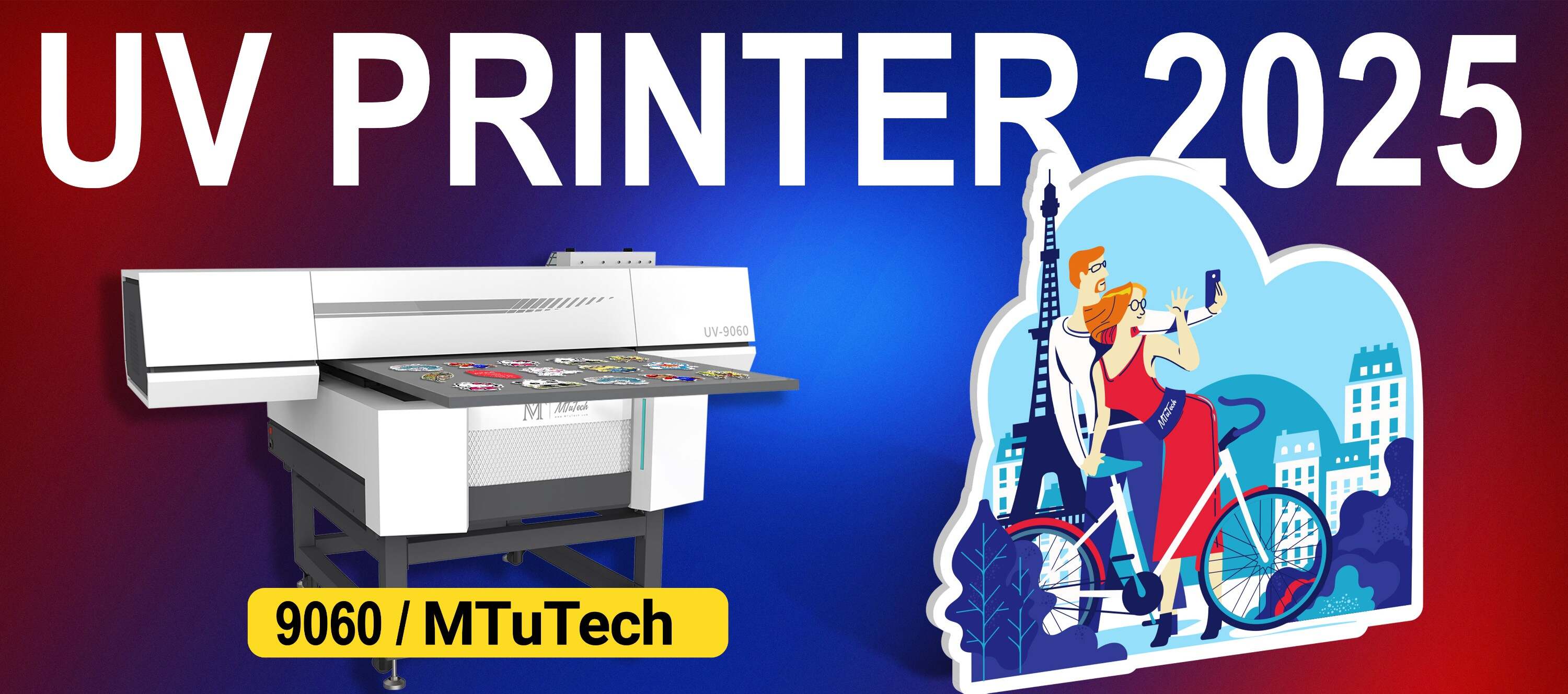Testing Your Visual Positioning System for Accuracy
Introduction
In an era where precision and efficiency are paramount, testing the accuracy of your Visual Positioning System (VPS) is crucial for ensuring optimal performance. A VPS plays a vital role in various sectors, including manufacturing, logistics, and even retail, by providing accurate positioning and navigation capabilities. In this blog post, we will discuss the importance of VPS accuracy, how to test your system effectively, and best practices to improve performance.
What is a Visual Positioning System?
A Visual Positioning System utilizes sophisticated cameras and algorithms to determine the precise location and orientation of an object within a defined space. Unlike traditional GPS systems, which can be affected by environmental conditions, a VPS can deliver accurate results in indoor settings as well. As industries increasingly rely on automation and AI, the necessity for reliability in VPS technology grows stronger.
Why Testing Your VPS for Accuracy Matters
Accuracy in a VPS can significantly impact the performance of a project. Here are a few reasons why regular testing is essential:
·
Minimizing Errors: Even small inaccuracies can lead to substantial operational issues, including misalignment in production lines or incorrect inventory placements.
·
·
Improving Safety: An accurate VPS can enhance safety by ensuring that machinery and operators function within determined safety zones.
·
·
Increasing Efficiency: A reliable VPS reduces the time spent on corrections or manual interventions, leading to improved productivity.
·
·
Enhancing Customer Satisfaction: In consumer-facing applications, accuracy boosts the overall experience and satisfaction levels with the service or product.
·
How to Test Your Visual Positioning System
Testing your VPS for accuracy involves several steps, methodologies, and tools. Here’s a comprehensive guide to ensure your system performs at its best.
Step 1: Define Your Accuracy Requirements
Before testing your VPS, define the level of accuracy you need based on your specific application. Different industries have different standards of precision, which can dictate how you assess your system's effectiveness.
Step 2: Select the Right Tools
Your choice of tools will depend on the complexity of your VPS. Here are some tools commonly used for testing:
·
Calibration Targets: These are physical markers placed within the operational area to help gauge accuracy.
·
·
Benchmark Software: Utilize software solutions designed specifically to record and analyze VPS performance.
·
·
Reference Systems: Fourth-party VPS or reference beacons can help cross-check data for your system.
·
Step 3: Conduct Controlled Tests
For reliable testing, set up controlled environments where you can repeat and measure outcomes. Perform several trials under identical conditions to ensure consistency in your results.
·
Static Tests: Position your targets in known locations to check if the VPS accurately identifies them.
·
·
Dynamic Tests: Move targets and observe if the VPS can consistently track their movement without losing accuracy.
·
Step 4: Analyze and Adjust
After running tests, analyze the data collected. Look for patterns where inaccuracies may have occurred and adjust the parameters of your VPS accordingly. Calibration might be necessary based on your findings.
Best Practices for Ongoing Testing
Once initial accuracy tests are complete, implementing best practices for ongoing testing can ensure your VPS maintains its reliability. Consider the following:
·
Regular Recalibration: Schedule periodic recalibrations to maintain accuracy over time.
·
·
Software Updates: Keep your VPS software updated to incorporate the latest algorithms and technologies.
·
·
Performance Metrics: Establish key performance indicators (KPIs) to continuously monitor VPS accuracy.
·
·
Training and Skills Development: Ensure that personnel operating the VPS are trained to understand potential pitfalls and how to address them.
·
Common Challenges in Testing VPS Accuracy
While testing your Visual Positioning System, you may encounter various challenges. Being aware of these can help you develop effective solutions:
·
Environmental Factors: Lighting conditions, reflections, and obstacles can affect VPS measurement accuracy. Test in different conditions to observe variances.
·
·
Hardware Limitations: The camera and sensor technologies used directly impact performance. Assess if your hardware meets your application’s demands.
·
·
Complexity of the Area: Testing in complicated layouts may require advanced calibration techniques.
·
Conclusion
Testing the accuracy of your Visual Positioning System is essential for any business reliant on precise positioning technology. A well-tested VPS can significantly enhance operational efficiency, improve safety, and lead to increased customer satisfaction. By following the steps outlined in this post, you can ensure your VPS remains accurate and reliable, keeping your business ahead of the competition.
If you’re considering integrating a high-quality Visual Positioning UV printer to enhance your operations, explore our options here. These advanced printers are designed to pair seamlessly with your VPS technology for ultimate accuracy and productivity.
FAQ
What is the typical accuracy range for a Visual Positioning System?
The accuracy of a Visual Positioning System can vary significantly based on the technology used and the application. Generally, high-quality VPS solutions can achieve accuracies within 1-2 centimeters.
How often should I test my VPS for accuracy?
Frequency depends on usage and industry standards. For critical applications, consider testing your VPS weekly or monthly; less critical systems may require testing quarterly or semi-annually.
Can environmental conditions affect VPS performance?
Yes, environmental factors such as lighting, obstructions, and reflections can impact the performance of your VPS. It's crucial to test your system across different conditions to ensure robustness.
What tools are recommended for VPS testing?
Tools like calibration targets, benchmark software, and reference systems are commonly used for testing VPS accuracy. These tools can help compare the system's output against known positions.
What steps can I take if my VPS shows inaccuracies?
If your VPS displays inaccuracies, consider recalibrating your system, updating software, and reviewing hardware capabilities. You may also want to consult with experts in VPS technology to identify underlying issues.

